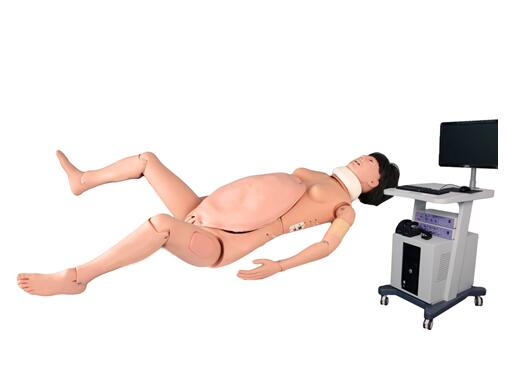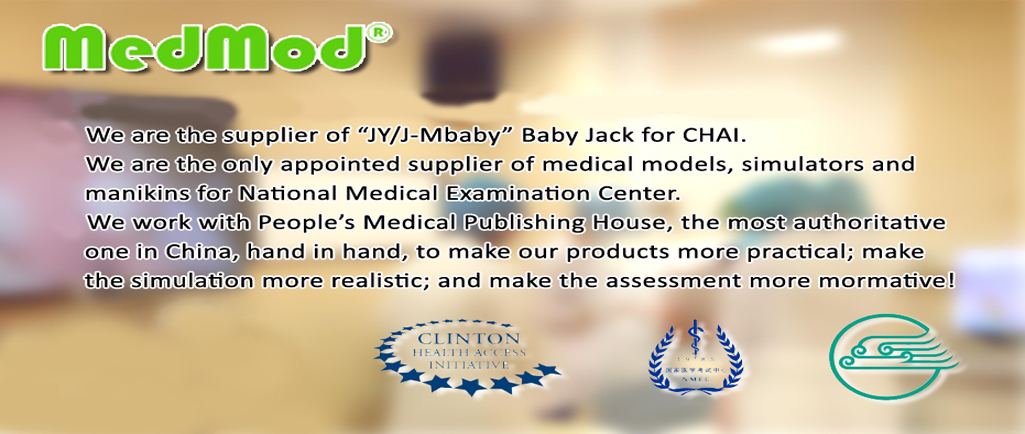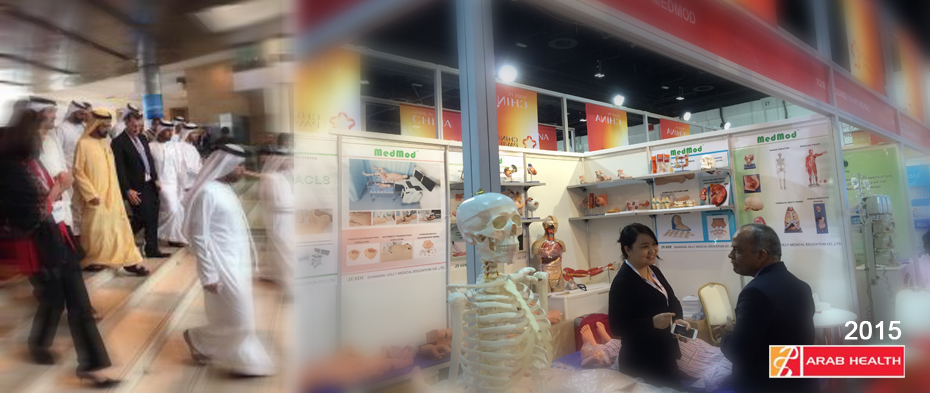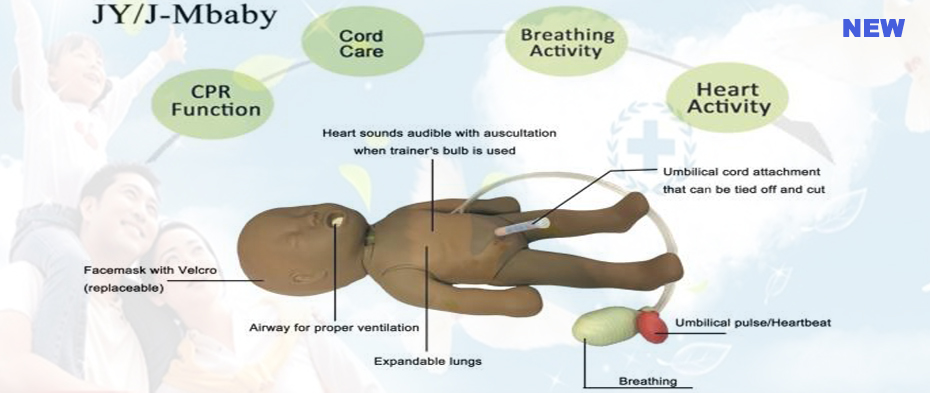
|
This is a computer interactive emergency delivery training system with powerful functions and
comprehensive knowledge in subjects such as gynecology, obstetrics, paediatrics, first aid and
nursing, etc. It mainly contains two sections: puerperal system and neonatal system, which covers
firstaid knowledge points of the entire labor process, basic nursing, postpartum nursing care and
BLS of infant and Mother, ACLS and PLS. It provides classical dystocia cases, e.g, normal labor,
cord around neck delivery, breech dystocia, preeclampsia, caesarean birth, prolapse of umbilical cord,
premature birth and potential hemorrhage before, during and after delivery. It clearly instructs
obstetrical workers to identify different natal stages through partogram, diagnose abnormal labor
stages in clinic and deal with it properly; to diagnose fetal distress in time by clinical fetal monitoring
and handle it; and to train nursing care and emergency treatment for neonates. The software
can selfedit clinical cases, simulate real clinical environment and cultivate students' ability in
clinical diagnosis and team cooperation for labor and emergency cases.
Features:
1. Consists of puerperal system and neonatal system, and each system consists of manikin, computer,
control cabinet and ECG monitor
2. Great case edit functions make illness state vary with the clinical treatment, which can cultivate
correct clinical thoughts and cooperative spirit of group for students;
ü Designed with many real cases, so it is easy to apply the software;
ü Edit course of disease as required, and the edit method is simple;
ü When course of disease starts, it can be stopped, suspended, playback, and Teacher can
change the vital signs of “patient” at any time to change the course, which can make treatment
more difficult to check students’ strain capacity
3. The puerperal features natural anatomical structure, with flexible limbs and dorsal lithotomy position
can be realized.
ü Take off the abdominal cover, fetus with flexible joints can be seen and it can realize multiple fetal
positions;
ü Equipped with gravid uterus, and allows Leopold maneuvers;
ü The chest skin can be connected to simulators such as ECG, defibrillator, temporary external
pacemaker and AED, etc;
ü Comes with a built-in inductor, which can sense operations such as trachea cannula, chest compression and
ventilation, intravenous injection, etc;
ü Forearm intravenous injection: There will be “POP” feeling and blood return can be seen if puncture
is correctly done. The skin and vessels are replaceable.
4. Labor of Stages & Fetal Heart Monitoring
ü FHR & UC monitoring: Easily set up all kinds of index of fetal vital signs and uterine contraction,
and there’re realtime dynamic graphics during fetus monitoring, and the graph paper can be saved
and printed;
ü Auto delivery: By drawing partogram and setting up the 1st, 2nd and 3rd labor stages, the manikin
can automatically demonstrate the childbirth process, including engagement, descending, flexion,
inner rotation, spread, restoration and outer rotation, shoulder presentation and fetal birth,
accompanied with uterine contraction, and the labor speed is adjustable;
ü Dystocia: Simulate all kinds of dystocia by setting up the software, changing the fetal position, and
adjusting the pelvic bony stenosis degree; and the partogram will reflect the dystocia course.
ü Birth process can be suspended and repeated, so it’s easy for classroom teaching.
5. Neonate, flexible limbs, with realistic anatomic structures of ribs, lungs, heart, stomach, liver,
trachea, esophagus and umbilical cord, etc.
ü Allows umbilical venous cannula to extract blood or inject into medicine;
ü There will be obvious “POP” feeling and bone marrow can be
ü extracted if tibia puncture is correctly done;
ü There will be obvious “POP” feeling, and vein blood can be
ü extracted if puncture is correctly done, and medicine can be
ü injected into the neonatal manikin.
6. Newborn Cyanosis Emergency System
ü Cyanosis changes on newborn cheek, lips, hands, legs with
ü different degree, mild or serious;
ü Equipped with 5-speed position to adjust the cyanosis condition;
ü Treatment: apply oxygen therapy and injection therapy to the
ü newborn if necessary; rational dosage is required on the basis of
ü baby’s body weight;
7. CPR: AHA (American Heart Association) 2015 guideline for CPR & ECC
ü Two operation mode: Training & Assessment
ü Set up different assessment criterion for different group (first-aid major, medical major, ordinary people) and different age group (adult, child, infant), with
different complexity;
ü Three patterns for setting assessment criterion:
1) default;
2) the computer automatically measures the whole data of teacher’s practical operation and make it
as the standard, instead of an abstract value set by the tenderself, which makes the standard close
to the actual operation;
3) Tolerance interval setting;
8. Simulate Bedside Monitoring System: completely same as clinical monitor, dynamically displays
manikin’s physiological parameters such as SpO2, BP (SBP, DBP, MABP, IBP, NIBP), breath curves,
respiratory rate, heart rate, ECG, ETCO2, Temperature, etc.
9. Defibrillation:
² Allow to practice operation skills for synchronized defibrillation or nonsynchronous defibrillation;
² Free to set defibrillation energy (1-360J) and defibrillation times (1-3);
² Prompts for both correct and wrong defibrillation;
² ECG shows various waveforms for defibrillation each time;
² Auto system response after correct defibrillation, it recovers to normal sinus ECG, whereas,
it shows death ECG;
10. AED Skills Points:
1) Critical “Patient” Life Support:
² Use ECG monitor
² CPR
² Electric defibrillation: Synchronous electrovert & AED
² External pace-making
² Trachea Cannula
² Sputum suction and atomizing inhalation
² Hair washing, breast nursing, venepuncture, etc.
2) Labor Stages Monitoring:
² Fetal Heart Monitor
² Perineum Incision and Suture
² Leopold maneuvers
² Partogram drawing and application
² Vaginal delivery
² Vacuum delivery (obstetrics forceps / fetal head aspirator)
3) Newborn Emergency & Nursing Skills:
ü First-aid for cyanosis ECG monitor application
ü Tibia puncture CPR
ü Electric defibrillation: Synchronous electrovert & AED External pacemaking
ü Trachea cannula
ü Umbilical ligation, nursing, umbilical venous blood collection, umbilical venous cannula, etc.
ü Nasal feeding, oxygen inhalation, intravenous injection via umbilical vein, forearm vein and great
saphenous vein, etc.





